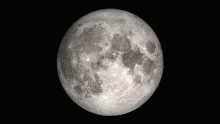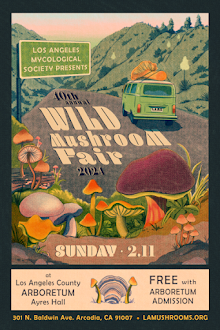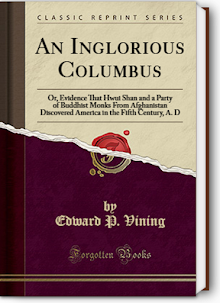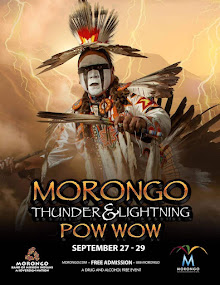Wisdom Quarterly; Martin Lee (AlternativeRadio.org, Program #LEEM004, 2-22-13)
 Cannabidiol -- CBD -- is a compound in Cannabis with medical effects. But it does not make people feel
“stoned.” It actually counters some of the effects of THC. After decades when only high-THC Cannabis was widely available, CBD-rich strains are now
being
grown by and for medical users. The reduced psychoactivity of CBD-rich Cannabis may make it an appealing treatment option for
patients seeking anti-inflammatory, anti-cancer, anti-pain, anti-anxiety,
and/or anti-spasm effects without disconcerting euphoria, addiction,
or lethargy (ProjectCBD.org).
Cannabidiol -- CBD -- is a compound in Cannabis with medical effects. But it does not make people feel
“stoned.” It actually counters some of the effects of THC. After decades when only high-THC Cannabis was widely available, CBD-rich strains are now
being
grown by and for medical users. The reduced psychoactivity of CBD-rich Cannabis may make it an appealing treatment option for
patients seeking anti-inflammatory, anti-cancer, anti-pain, anti-anxiety,
and/or anti-spasm effects without disconcerting euphoria, addiction,
or lethargy (ProjectCBD.org).
Marijuana, cannabis, weed, grass...by one name or another, we have all heard of it and may have even tried it. Irish physician William O'Shaughnessy introduced the therapeutic use of marijuana to Western medicine in the 1830s.
- LISTEN: PLAY
- Cooling inflammation and aggressive forms of cancer
- Marijuana contains at least 60 known cannabinoids that activate internal receptors in the human body. THC (tetra-hydro-cannabinol) is the component mainly responsible for psychoactive effects or “high.” While THC has some medicinal value, CBD has been found to have more medicinal benefits than any legal pharmaceutical drug on the market.
He gave it to patients to help treat muscle spasms and stomach cramps. Cannabis as a medicine became common throughout much of the Western world by the 19th century. It was the primary pain reliever until the invention of aspirin.
Today, there are many under-reported scientific breakthroughs including the discovery of a beneficial non-psychoactive component (CBD), which stimulates adult stem cell growth, prevents the onset of diabetes, and shrinks malignant tumors.
By mining the plant’s treasure trove of active ingredients, researchers have developed effective treatments for cancer, tumor erasing, heart disease, schizophrenia, glaucoma, Alzheimer’s, chronic pain, and many other conditions beyond the reach of conventional cures.
 Martin Lee is co-founder of Fairness and Accuracy in Reporting (FAIR), a NY-based media watch group, director of Project CBD, and a contributing editor of O’Shaughnessy’s. An award-winning journalist, he has investigated the CIA and its drug experiments and has a classic text on the topic, Acid Dreams. He also wrote The Beast Reawakens and Smoke Signals.
Martin Lee is co-founder of Fairness and Accuracy in Reporting (FAIR), a NY-based media watch group, director of Project CBD, and a contributing editor of O’Shaughnessy’s. An award-winning journalist, he has investigated the CIA and its drug experiments and has a classic text on the topic, Acid Dreams. He also wrote The Beast Reawakens and Smoke Signals.




















































































































































































































































No comments:
Post a Comment